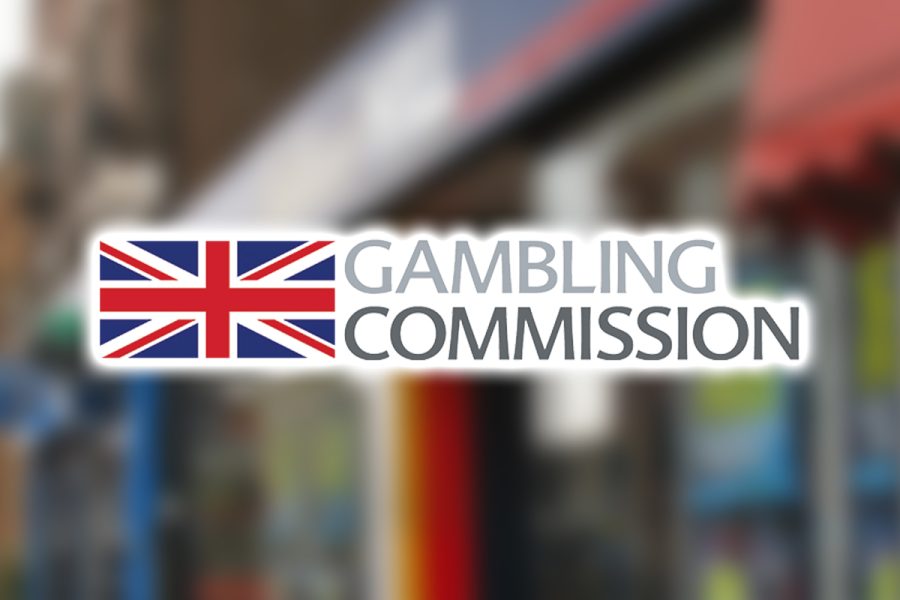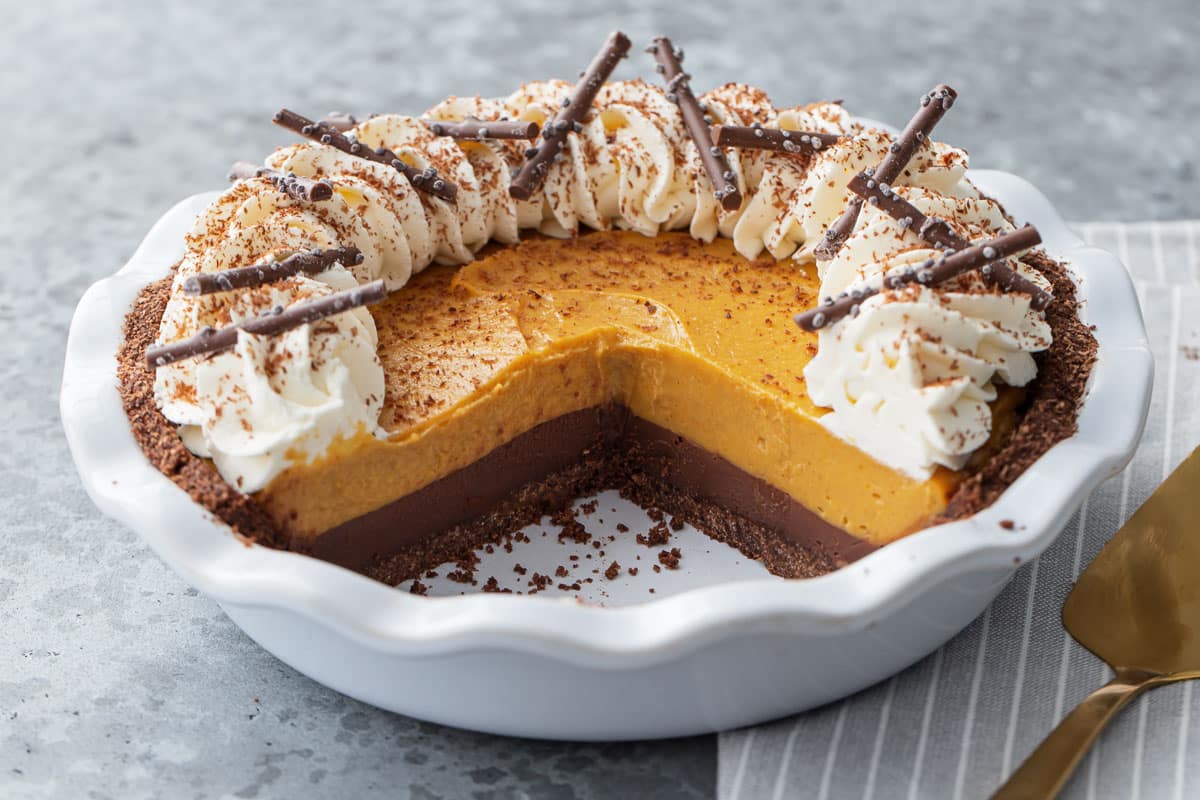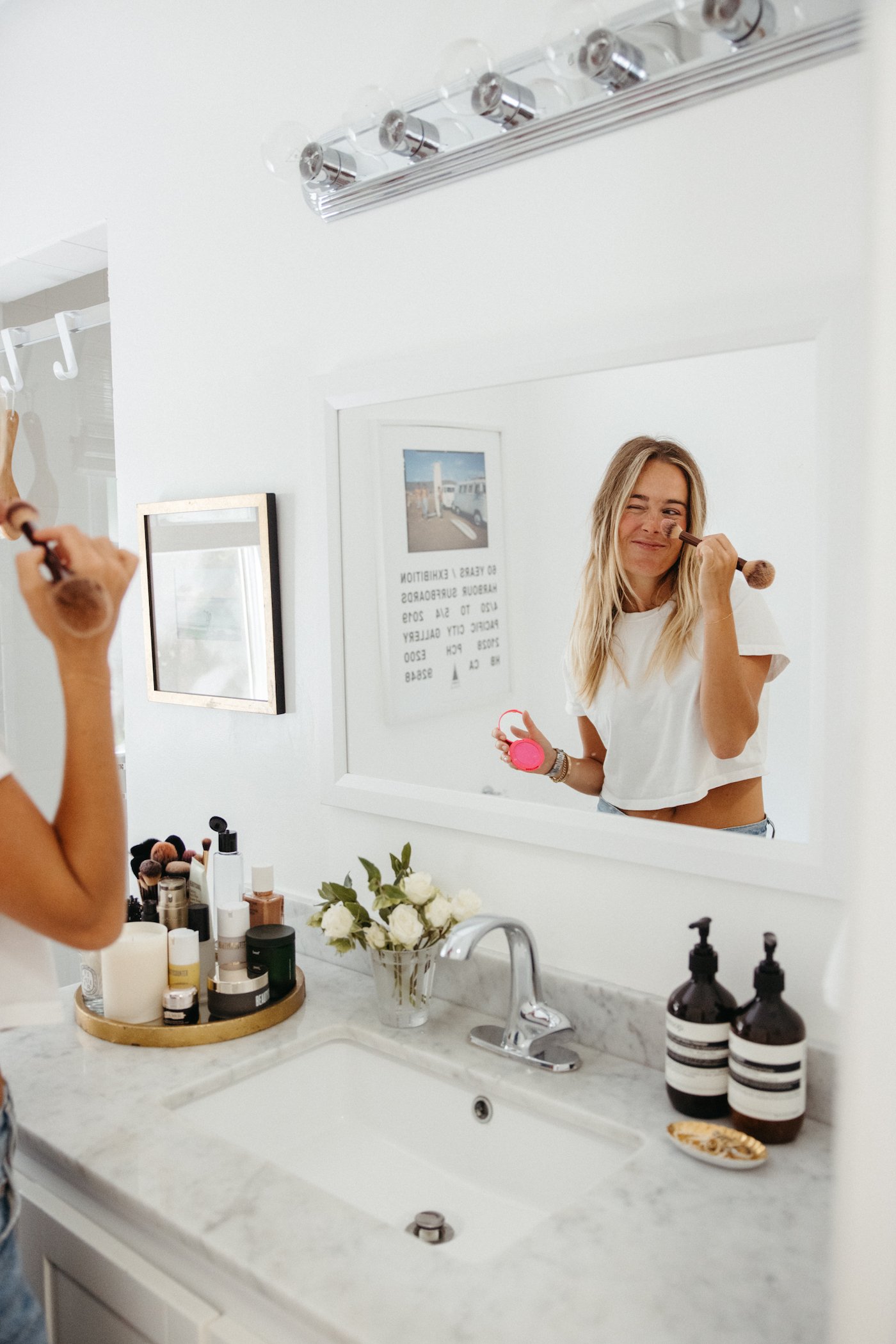Gap shares plummet as retailer says tariffs could cost between $100 million and $150 million
Gap beat Wall Street's expectations on the top and bottom lines but said new tariffs could cost it hundreds of millions of dollars.

People walk past the entrance of a Gap store in Paris, France, July 1, 2021.
Sarah Meyssonnier | Reuters
New tariffs could impact Gap's business by $100 million to $150 million, if they remain in effect, the company said Thursday when announcing fiscal first-quarter earnings.
Shares fell more than 15% in after-hours trading.
In a news release, Gap said new 30% duties on imports from China and a 10% levy on imports from most other countries will cost the company between $250 million and $300 million without mitigation efforts. For now, it's leaving that impact out of its guidance.
Gap said it's already mitigated about half of those costs and without further action, the cost is expected to be between $100 million and $150 million, which will likely show up on the balance sheet in the back half of the year. The company said it's going to build on its mitigation efforts by continuing to diversify its supply chain and reducing its exposure to China.
CEO Richard Dickson said on a conference call with investors Thursday that the company is planning to buy more cotton from the U.S. to help mitigate the tariff impact.
"Based on what we know today, we do not expect there to be meaningful price increases or impact to our consumer," Dickson told CNBC in an interview. "I've talked about this often: We truly believe that strong brands can win in any market. It's a big industry. It's a big market. Obviously we're a big player with market share, but as we look ahead, we see the potential to further market our brands and gain share."
Beyond tariffs, Gap issued fiscal first-quarter results that beat expectations on the top and bottom lines.
Here's how the apparel company performed compared with what Wall Street was anticipating, based on a survey of analysts by LSEG:
Earnings per share: 51 cents vs. 45 cents expectedRevenue: $3.46 billion vs. $3.42 billion expectedThe company's reported net income for the three-month period that ended May 3 was $193 million, or 51 cents per share, compared with $158 million, or 41 cents per share, a year earlier.
Sales rose to $3.46 billion, up about 2% from $3.39 billion a year earlier.
Gap's guidance was largely in line with consensus, but its gross margin forecast came in weaker than expected. It's expecting full-year sales to grow between 1% and 2%, in line with LSEG expectations of 1.3% growth.
For the current quarter, it said it expects sales to be flat, compared with LSEG expectations of 0.2% growth. It's expecting its gross margin to be 41.8%, weaker than the 42.5% that StreetAccount had expected. That expected impact to gross margin isn't related to tariff effects, but rather the company lapping certain benefits it saw in the year-ago period related to its credit card program.
In March, before President Donald Trump issued new tariffs on imports from most parts of the world, the company was expecting a minimal impact from the duties. But three months later, it's in a different position.
In March, Gap said it sources less than 10% of its products from China, but it now expects the country to represent less than 3% of its sourcing by the end of the year. The Trump administration imposed a new 30% tariff on imports from China.
Its two largest trading partners are Vietnam and Indonesia, where Gap manufactured 27% and 19% of its products in fiscal 2024, respectively, according to its most recent annual filing. Vietnam is facing a potential 46% reciprocal tariff and, if that duty remains in effect, it could have a significant impact on Gap's income.
Trump's trade war and the duties that are currently in effect are throwing a wrench into Dickson's plans to turn around the legacy retailer — efforts that are well underway and continuing to bear fruit.
During the quarter, comparable sales grew 2%, the company said, essentially in line with StreetAccount expectations of 1.8%. Gross margin and operating margin also came in higher than expected.
Here's a closer look at each Gap brand's performance.
Old Navy: Gap's largest and most important brand notched sales of $2 billion, up 3% compared with last year, the company said. Comparable sales grew 3%, it said, ahead of StreetAccount expectations of 2.1%. Denim and active led the brand's growth, which was buoyed by marketing designed to get all of Gap's brands back at the center of culture. Old Navy's new campaign "Old Navy. New Moves" features celebrities including Lindsay Lohan and Dylan Efron.Gap: The company's namesake banner saw sales of $724 million, up 5% compared to last year. Comparable sales were up 5%, ahead of expectations of 3.4%. Dickson has focused much of his turnaround efforts on the Gap brand, and it's been a standout performer over the last couple of quarters. Gap brand's growth was fueled by "style, product newness, innovation and compelling marketing," Dickson said. "Gap is speaking for itself, and people are speaking about Gap."Banana Republic: The safari chic brand is still seeing troubles, with sales down 3% to $428 million and comparable sales flat, compared with expectations of 1.5% growth. The company said it remains focused on improving the brand. Dickson said he's "encouraged" by the progress Banana is making — such as its splashy collaboration with HBO's hit show "The White Lotus" — but there's still more work to be done to win back the customer's trust.Athleta: The athleisure brand has also been a drag on Gap's overall performance, with sales down 6% to $308 million and comparable sales down 8%. The figures were not comparable to consensus estimates. The company warned improvements at Athleta "will take time." Dickson said the brand has made strides in improving profitability but it needs to fix product and marketing to get Athleta back to growth. The company said previously it's still working through inventory that was geared more toward trend-forward customers and didn't land as well with Athleta's base. "While we've been successful in bringing new customers into the brand, we just still did not have enough compelling products to appeal to our large existing base, and that's showing up in the performance," Dickson said.
 UsenB
UsenB 



















![The 2026 AI Search Benchmark Every SEO Leader Needs [Webinar] via @sejournal, @lorenbaker](https://www.searchenginejournal.com/wp-content/uploads/2025/11/1-259.png)










.jpg&h=630&w=1200&q=100&v=ebcc31501f&c=1)

